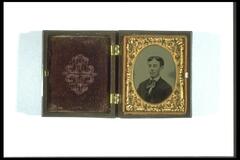26 UMMA Objects
26 UMMA Objects

Nishiyama Kan'ei
Cherry Branches
1850 – 1899
Museum purchase made possible by the Margaret Watson Parker Art Collection Fund
1990/1.192
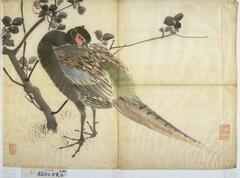
Nishiyama Kan'ei
Pheasant
1850 – 1899
Museum Purchase made possible by the Friends of the Museum of Art
1990/1.196

Nishiyama Kan'ei
Bird on Camellia Branch
1850 – 1899
Museum purchase made possible by the Margaret Watson Parker Art Collection Fund
1990/1.205

Nishiyama Kan'ei
White Egrets under a Tree
1850 – 1899
Museum Purchase made possible by the Friends of the Museum of Art
1990/1.206

Nishiyama Kan'ei
Birds on Camellia Branch
1850 – 1899
Museum purchase made possible by the Margaret Watson Parker Art Collection Fund
1990/1.207

Stanislas Victor Edouard Lépine
Bord de Riviere
1850 – 1899
Bequest from the Estate and Trust of Elise Reeder Olton
2014/1.609
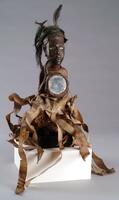
Yombe (Yombe (culture or style))
Power Figure
1850 – 1899
Gift of Candis and Helmut Stern
2005/1.191
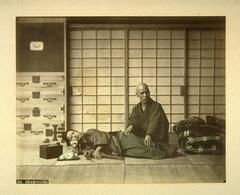
Japanese (Japanese (culture or style))
Shampooing (Massaging)
1850 – 1899
Gift of Mr. & Mrs. Hiram W. Woodward, Jr.
1982/2.26

Chokwe (Chokwe (culture or style))
Caryatid stool
1850 – 1899
Gift of Candis and Helmut Stern
2005/1.204
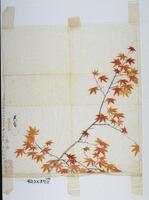
Nishiyama Kan'ei
Maple Leaves
1850 – 1899
Museum purchase made possible by the Margaret Watson Parker Art Collection Fund
1990/1.195
Loading…
